Adolescence
The Habsburg rulers struggled to consolidate their power with the conflicts between the sovereigns & the burghers recurring repeatedly between 1278 & 1283. In 1330 & after the death of Frederick the Fair the Habsburgs lose the Imperial crown & Prague becomes the Imperial residence, with Vienna being relegated to the category of cities that lived in the new capital’s shadow. The Habsburgs attempted to balance the loss by reshaping the city in Gothic style with prime examples from that period being the Gothic Choirs of St.Stephen’s Cathedral, Michaelerkirche & Minoritenkirche. In 1365 Rudolph IV establishes the University of Vienna, the oldest University in the German speaking world & in the same time he sets the foundations for the construction of the Gothic nave of St. Stephen’s Cathedral. In the same time he establishes the so-called Wiener Pfennig (Vienna Penny), a currency that would help the stabilization and growth of the city’s economy.
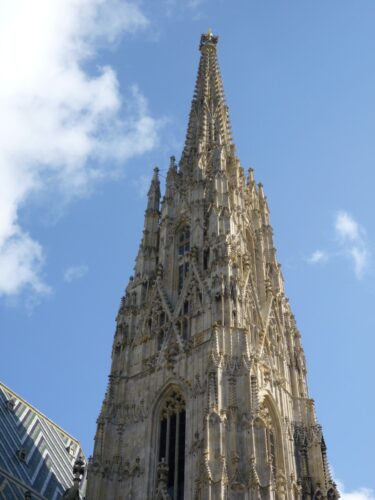
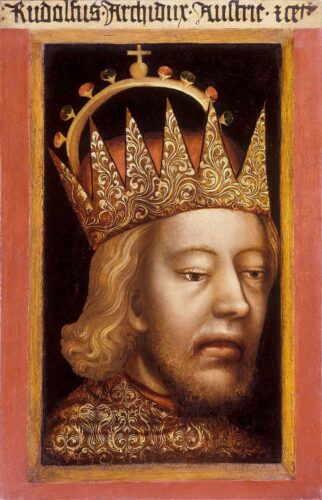
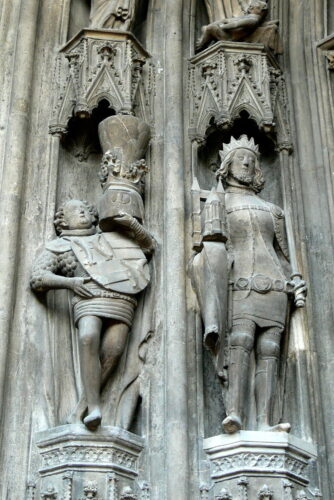
Towards the end of the 14th – beginning of 15th century the guilds acquired a more active role in the field of politics, with most of them represented in the local government. They were mainly separated into the patricians, the tradesmen & the artisans. The political tensions between these groups often mirrored the dynastic quarreling within the House of Habsburg. In 1438 Albert the Magnanimous, Archduke of Austria since 1404 & King of Hungary since 1437, is elected German king & therefore Emperor & moves the capital of the Holy Roman Empire to Vienna once more.
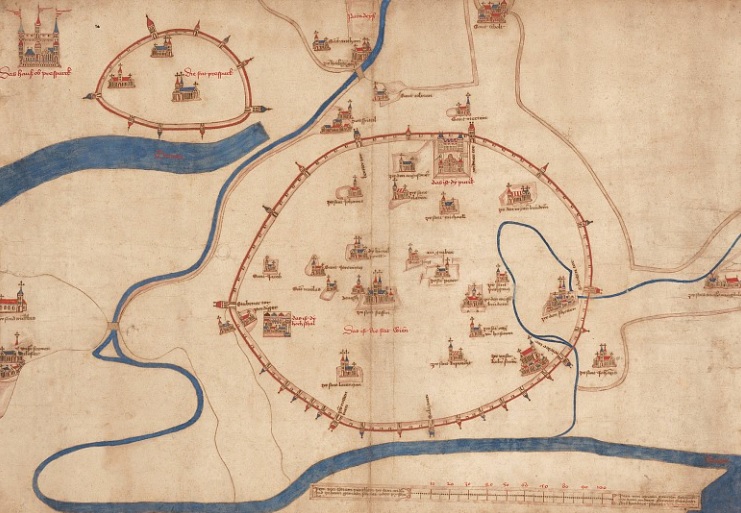
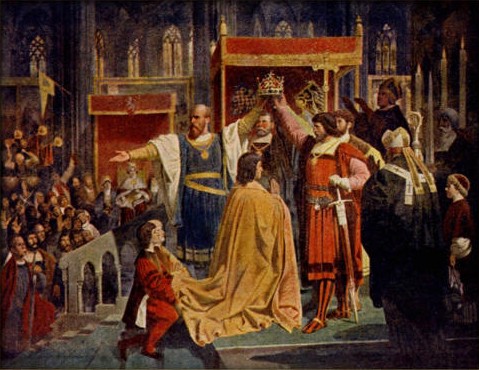
A period of political unrest started after the death of Albert the Magnanimous in 1439 and the election of his nephew Frederick III, as German King in 1440. Albert’s son Ladislaus the Posthumous who was a newborn at the time was placed under his cousin’s Frederick III custody. Frederick ΙΙΙ held his second cousin as a prisoner & attempted to extend his guardianship over him in order to maintain his control over Lower Austria & Vienna. Ladislaus was finally freed in 1452 but died in November 1457 with Frederick ΙΙΙ succeeding in his goal and inheriting his title.


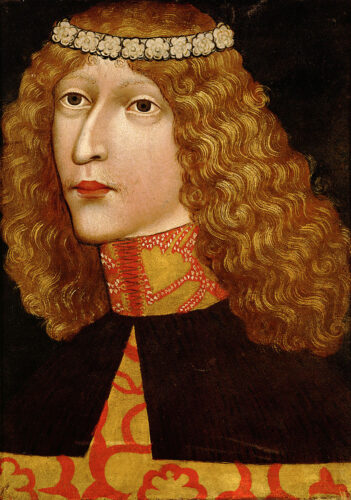
In 1469 Frederick III manages to turn Vienna into a bishopric & St Stephen’s Cathedral the bishop’s seat. Frederick ΙΙΙ was not so successful in the battlefields. He was initially defeated in the Bohemian War (1468-1478) & soon after in the Austrian-Hungarian War (1477-1488). Between 1483 & 1484 Vienna was cut off from the rest of the Holy Roman Empire with its citizens suffering by famine interrupted only for a while by a convoy of sixteen vessels carrying valuable supplies that managed to break the blockade and enter the city through the Danube.
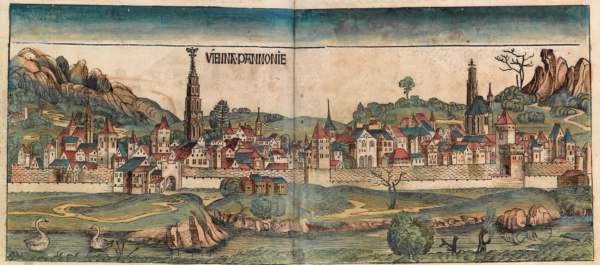
On January 15th, 1485 the Hungarian king Mathias Corvinus demanded the surrender of the city but the Viennese decided to hold until an imperial relief force came to their aid. By mid-1485 the constant battering of the seventeen siege guns had shattered the Viennese resilience. On June 1st, the Hungarian King and his troops entered Vienna triumphantly. The only condition was that the citizens’ privileges be preserved, along with a guarantee of safe passage. Vienna became the official residence of the Hungarian King until his death in 1490. His funeral took place in St Stephen’s cathedral. Frederick III died three years later at the age of 77. He was buried in St Stephen’s Cathedral, with his grave being one of the most important works of sculptural art of the late Middle Ages.



